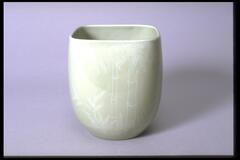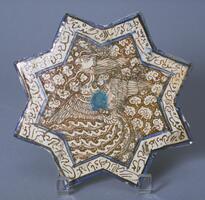1868 UMMA Objects
1868 UMMA Objects

Korean (Korean (culture or style))
Tea Bowl, 'ido chawan' type
16th century
Bequest of Margaret Watson Parker
1954/1.535

Chinese (Chinese (culture or style))
Bowl
14th century
Gift of Toshiko Ogita in memory of Tomoo Ogita
1987/1.306

Nishiyama Kan'ei
Cherry Branches
1850 – 1899
Museum purchase made possible by the Margaret Watson Parker Art Collection Fund
1990/1.192
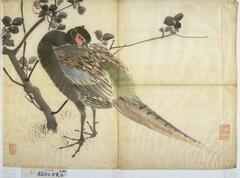
Nishiyama Kan'ei
Pheasant
1850 – 1899
Museum Purchase made possible by the Friends of the Museum of Art
1990/1.196
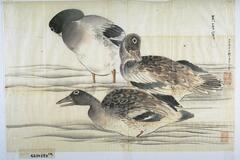
Nishiyama Kan'ei
Ducks
1884
Museum purchase made possible by the Margaret Watson Parker Art Collection Fund
1990/1.198

Nishiyama Kan'ei
Bird on Camellia Branch
1850 – 1899
Museum purchase made possible by the Margaret Watson Parker Art Collection Fund
1990/1.205

Nishiyama Kan'ei
White Egrets under a Tree
1850 – 1899
Museum Purchase made possible by the Friends of the Museum of Art
1990/1.206

Nishiyama Kan'ei
Birds on Camellia Branch
1850 – 1899
Museum purchase made possible by the Margaret Watson Parker Art Collection Fund
1990/1.207
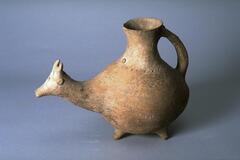
Iranian (Iranian)
Vessel with spout in the shape of an antelope head
Gift of the Estate of Maxine W. Kunstadter in memory of Sigmund Kunstadter, Class of 1922
1983/1.430
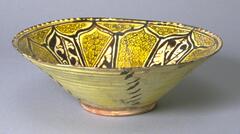
Iranian (Iranian)
Shallow bowl with stylized floral medallion
1000 – 1199
Museum purchase made possible by the Margaret Watson Parker Art Collection Fund
1961/1.183
Loading…
